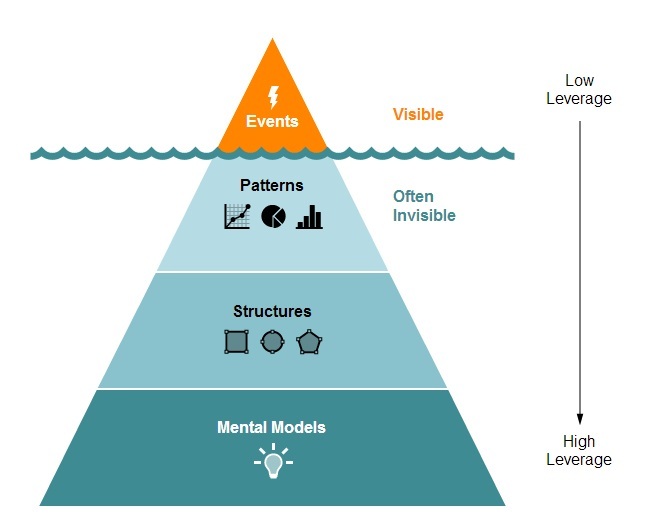Systems Thinking Archetypes: Kicking The Can Down The Road
A core tenet of systems thinking is that: “Every system is perfectly designed to get the results it gets” (Dr. Paul Batalden). This is a pretty bold statement. For instance, if a high school graduates only 50 percent of its seniors, this suggests that the design of the entire system (of which the school is only one small part) is engineered to produce these results.
So how do we make big changes? Fortunately, systems are rather predictable. When we map out a system’s elements and the way those elements are interconnected, we know something about the behavior (i.e., the outcomes) of that system.
In fact, system structures that produce common, predictable patterns of behavior can be classified into something Peter Senge called archetypes: storylines with common, universal themes resulting in negative consequences that present over and over again. The value of these archetypes is in their...
